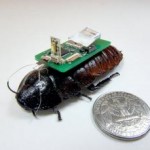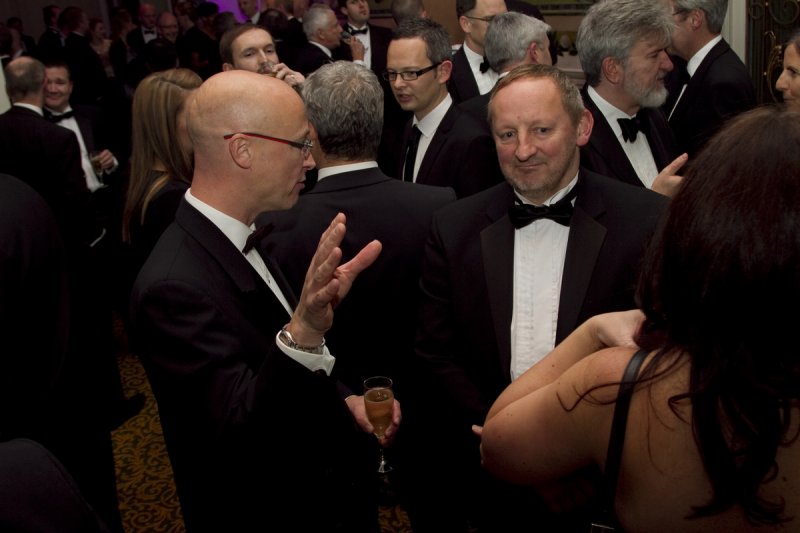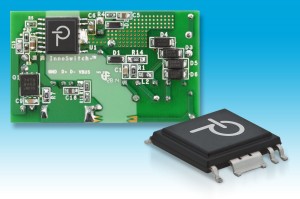 Glass with hermetic conductive through-hole vias can seal MEMS for 3D wafer-level chip size packaging (WLCSP), according to Schott of Germany.
Glass with hermetic conductive through-hole vias can seal MEMS for 3D wafer-level chip size packaging (WLCSP), according to Schott of Germany.
Its product is called Hermes.
“Through-glass via substrates enable fully gastight and therefore long-term robust enclosures for MEMS devices,” said Schott. “The fine pitched vias allow the reliable conduction of electrical signals and power into and out of the MEMS device. Since Hermes can be placed directly under the silicon MEMS, it makes miniaturised, fully hermetic 3D WLCSP possible.”
 The firm is aiming at industrial, medical and radio-frequency applications in harsh environments, claiming its glass can exceed the performance of ceramic and silicon enclosures exposed to mechanical, thermal and chemical stress, for example withstanding body fluids and repeated sterilisation in medical applications.
The firm is aiming at industrial, medical and radio-frequency applications in harsh environments, claiming its glass can exceed the performance of ceramic and silicon enclosures exposed to mechanical, thermal and chemical stress, for example withstanding body fluids and repeated sterilisation in medical applications.
“Thanks to the low dielectric constant of glass and the possibility to use highly conductive via materials, Hermes wafer packaging offers excellent RF performance,” it added. “And the optical transparency of the glass wafer enables better processing and quality control during the production process of a MEMS device.”
Wafer-scale anodic bonding with silicon, glass frit and solder is possible.
There are three glass options: Borofloat 33 floated borosilicate glass, AF 32 eco 33 alkali-free flat glass, and D 263T eco borosilicate glass (see table below).
| Wafer | |||
| Wafer thickness | 500±20μm (350μm minimum) | ||
| Wafer size | 4, 6, 8inch | ||
| Contact via pitch | 250μm | 200μm | 150μm* |
| Contact via diameter | 100μm | 80μm | 50μm* |
| Via density | 50k* (6″), 100k* (8″) | ||
| Via materials | Tungsten (W) – combined with Borofloat 33 and AF 32 eco 33 Iron Nickel (FeNi) – combined with D 263 T eco (others available on request) |
||
| Hermeticity | [≤ 1 × 10–9 Pa • m3/s], [≤ 1 × 10–8 mbar/s], [≤ 1 × 10–8 atm cc/s] | ||
| Glass |
|||
| Glass material | Borofloat 33 | AF 32 eco 33 | D 263 T eco |
| Coefficient of thermal expansion |
3.25 x 10-6/K (match to Si) |
3.2 x 10-6/K (match to Si) |
7.2 x 10-6/K |
| Dielectric constant @ 1MHz | 4.6 | 5.1 | 6.7 |
| Refractive index (@ 600nm) | 1.47 | 1.51 | 1.52 |
* in development





